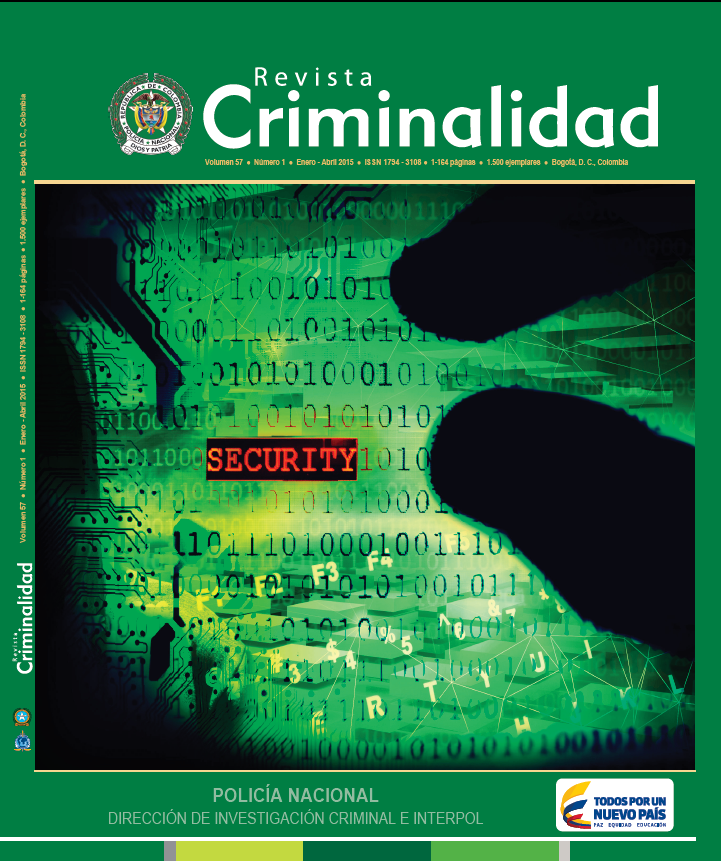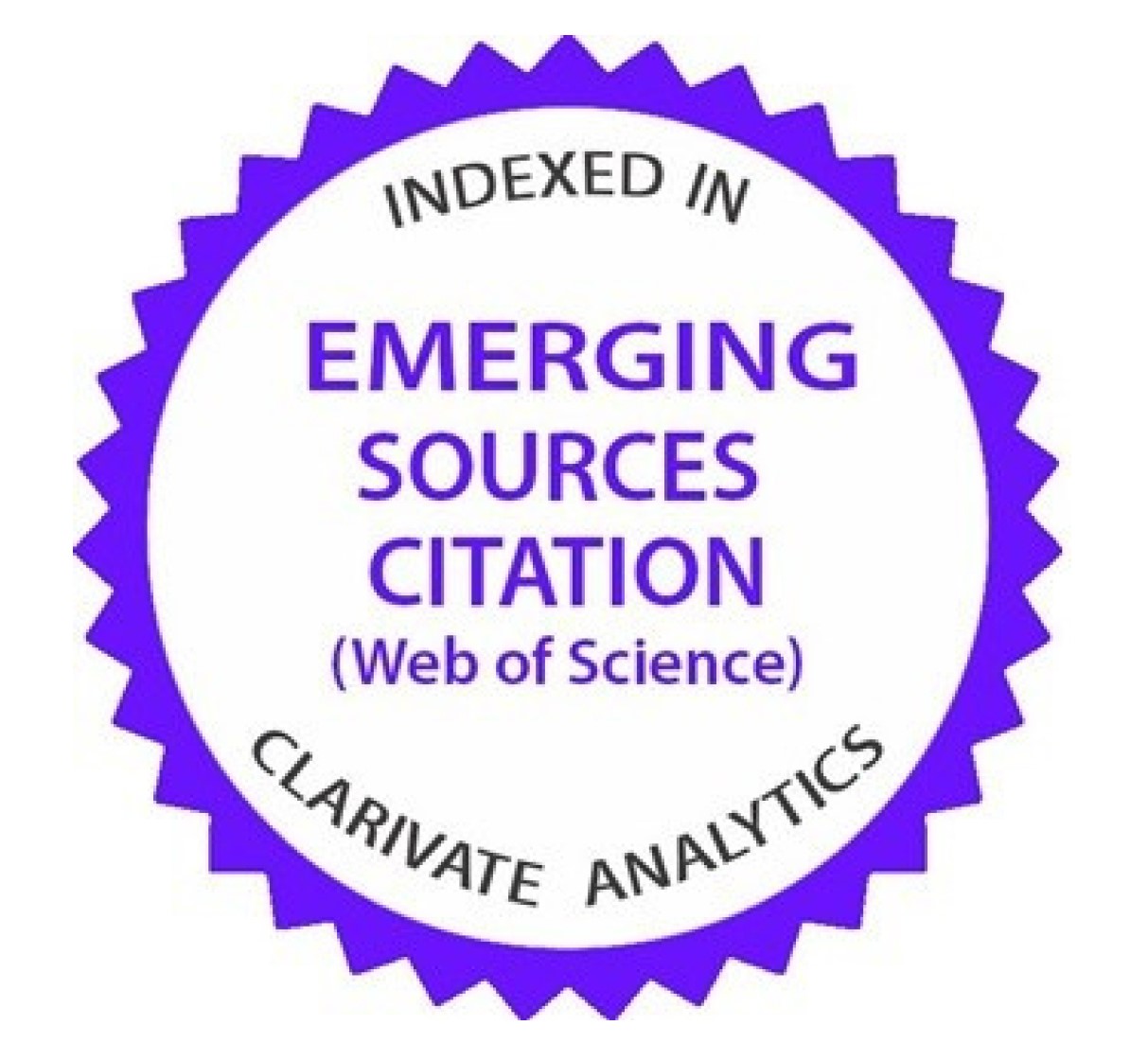Cybercrime and cybervictimization in Europe: Institutions involved in cybercrime prevention in the United Kingdom
DOI:
https://doi.org/10.47741/17943108.165Keywords:
crime prevention, cybercrime, computer crime, victim, criminality, criminality through the use of computersAbstract
The objective consists of carrying out a review of the cybercrime prevention issue in the European sphere. According to statistical data, Europe is the second territory with the highest number of cyber-users worldwide. The United Kingdom stands out since it is one of the countries having devoted more entities to cybercrime prevention. For this reason, and because, as already said, is the second country in the European Union with the largest number of network users—and the first with relation to Facebook—it has been decided that an exhaustive analysis should be carried out on agencies and entities that are currently guiding their purposes and efforts toward preventing cybervictimization, with respect to which special mention is to be made to minors as the most specifically vulnerable group of victims.
Downloads
References
Aguilar, M. M. (2013). Los delitos informáticos: cuantificación y análisis legislativo en el Reino Unido. Cuadernos de Política Criminal, 109 (I): 217-242.
Agustina, J. R. (2014). Victimología y victimodogmática en el uso de las TIC. Desfragmentación del yo en la era digital: “desinhibition effect”, esquizofrenia digital e ingenuidad en el ciberespacio. En J. M. Tamarit & N. Pereda (Coords.). La respuesta de la victimología ante las nuevas formas de victimización. Madrid: Dykinson.
Barker, R. (1963). The stream of behavior. New York: Appleton-Century-Crofts.
Barrio, M. (2011). Los delitos cometidos en internet. Marco comparado, internacional y derecho español tras la reforma penal de 2010. La Ley Penal, 86.
Broadhurst, R., Grabosky, P., Alazab, M. & Chon, S. (2014). Organizations and Cyber Crime: An analysis of the Nature of Groups engaged in Cyber Crime. International Journal of Cyber Criminology, 8 (1): 1-20.
Byron, T. (2008). Safer Children in a Digital Word. A summary for children and young people. Children and New Technology, p. 4. Consultado en http://www.education.gov.uk/ukccis/about/a0076277/the-byron-reviews.
Byron, T. (2010). Do we have to safer children in a Digital Word? A review of progress since the 2008 Byron Review. Children and New Technology. Consultado en http://www.education.gov.uk/ukccis/about/a0076277/the-byron-reviews.
Clough, J. (2010). Principles of Cybercrime. Cambridge: Cambridge University Press.
Cohen, L. E. & Felson, M. (1979). Social change and crime rate trends: a routine activity approach. American Sociological Review, 44: 588-608.
Díaz, A. (2010). El delito informático, su problemática y la cooperación internacional como paradigma de su solución: el Convenio de Budapest. Revista Electrónica de Derecho de la Universidad de La Rioja (REDUR), 8: 173.
Downing, E. (2011). Cyber security - A new national programme. Science and Environment Section, House of Commons, 3-9.
INTECO (2009). Estudio sobre hábitos seguros en el uso de las TIC por niños y adolescentes y e-confianza de sus padres. Madrid: Observatorio de la Seguridad de la Información.
Lösel, F. & Farrington, D. (2012). Direct protective and buffering protective factors in the development of youth violence. American Journal of Preventing Medicine, 43 (2): 8-23.
Miró, F. (2011). La oportunidad criminal en el ciberespacio. Aplicación y desarrollo de la teoría de las actividades cotidianas para la prevención del cibercrimen. Revista Electrónica de Ciencia Penal y Criminología (RECPC), 13-07: 25-26.
Miró, F. (2012). El cibercrimen. Fenomenología y criminología de la delincuencia en el ciberespacio. Madrid: Marcial Pons.
Miró, F. (2013). La victimización por cibercriminalidad social. Un estudio a partir de la teoría de las actividades cotidianas en el ciberespacio. Revista Española de Investigación Criminológica (REIC), 11: 1-35.
Morillas, D. L. (2005). Análisis dogmático y criminológico de los delitos de pornografía infantil. Especial consideración de las modalidades comisivas relacionadas con internet. Madrid: Dykinson.
Morillas, D. L., Patró, R. M. & Aguilar, M. M. (2014). Victimología: un estudio sobre la víctima y los procesos de victimización. Madrid: Dykinson.
Pardo, J. (2010). Ciberacoso: cyberbullying, grooming, redes sociales y otros peligros. En J. García González. Ciberacoso: la tutela penal de la intimidad, la integridad y la libertad sexual en internet. Valencia: Tirant lo Blanch.
Pavón, J. (2003). Derecho Internacional Público. La labor del Consejo de Europa en la lucha contra la cibercriminalidad: el Protocolo Adicional al Convenio N.º 185 sobre cibercriminalidad relativo a la incriminación de actos de naturaleza racista y xenófobos cometidos a través de los sistemas informáticos. Anuario de la Facultad de Derecho, XXI: 187-204.
Quintero, G. (2001). Internet y propiedad intelectual. Internet y Derecho Penal. Cuadernos de Derecho Judicial, 369-370.
Rayón, M. C. & Gómez, J. A. (2014). Cibercrimen: particularidades en su investigación y enjuiciamiento. Anuario Jurídico y Económico Escurialense, XLVII: 209-234.
Redondo, S. & Garrido, V. (2013). Principios de criminología. Valencia: Tirant lo Blanch.
Sánchez de Rojas, E. (2010). La ciberseguridad: retos, riesgos y amenazas. Revista Ejército, 837: 136-143.
Smith, R. G., Grabosky, P. & Urbas, G. (2004). Cyber Criminals on Trial. Cambridge: Cambridge University Press.
Vuanello, R. (2011). La criminalidad como atentado a los derechos de los más jóvenes. Revista Criminalidad, 53 (1): 249-260.
Published
How to Cite
Issue
Section
License
Licencia creative commons CC BY NC ND https://creativecommons.org/licenses/by-nc-nd/2.0/















